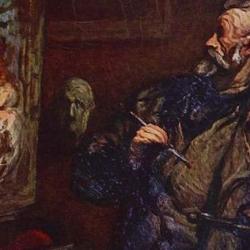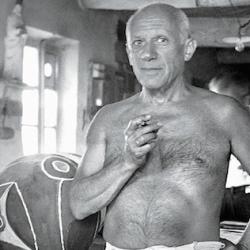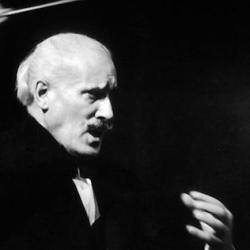Featherstone: “one of the characteristics of postmodern art in the 1960s was its attack on institutionalized art: on the museums and galleries, the critical academic hierarchies of taste, and the consecration of works of art as clearly demarcated objects of display. This attack on autonomous, institutionalized art was itself not new . . . it occurred with the historical avant-garde of the 1920s with its rejection of Aestheticism. In this context it is interesting to note that in the 1960s there was a revival of interest in the Dada and Surrealist Movements and in particular the work of Marcel Duchamp . . . . In the 1960s we have similar and perhaps more extreme attempts to break down the barriers between art and everyday life, to resist art becoming a museum commodity-object. Here we think of the ‘happenings’ and landscape art devised by Christo, the Bulgarian-American artist, whose ‘events’ included wrapping part of the Australian coast and draping an enormous curtain over a Colorado valley.”
There are multiple ironies here: By breaking down the barriers separating museum pieces from life, the avant garde brought art into the arena of consumption and commodities with a vengeance. Further, “even [Christo’s] attempt at antiart, to deny a permanent art object by emphasizing a transitory experience that could not be objectified and commodified, soon found its way back into the art institutions via photographers, films, books, and exhibitions of Christo’s work.”
Another part of the revolt against modernism was the depreciation of texts in favor of immediately sensual art forms like music, dance, painting, sculpture. As a result of this “emphasis upon sensation, on the primary immediacy of the figural as opposed to the discursive,” postmodern aesthetics is “characterized as an aesthetics of the body” – hence performance art, body art, and, popularly, tattoos and piercings.















